New US tariffs debut, from 25% on Tunisia to 40% on Laos
U.S. President Donald Trump opened a new phase in the trade war he launched this year, telling partners, from powerhouse suppliers such as Japan and South Korea to minor players, that they face sharply higher tariffs from August 1.
The imposition of a levy of 25% on U.S. importers of all goods from key allies Japan and South Korea rattled Wall Street, with the S&P 500 Index .SPX knocked back sharply, though markets in Asia were taking the news in stride.
In letters so far to 14 countries, including smaller exporters to the United States such as Serbia, Thailand and Tunisia, Trump hinted at opportunities for additional negotiations, even while warning that reprisals would draw a like-for-like response.
“If, for any reason, you decide to raise your tariffs, then, whatever the number you choose to raise them by, will be added on to the 25% that we charge,” Trump told Japan and South Korea in letters released on his Truth Social platform.
The higher tariffs take effect from August 1, and notably will not combine with previously announced sectoral tariffs, such as those on automobiles and steel and aluminium.
That means, for instance, that Japanese vehicle tariffs will stay at their current figure of 25%, rather than climbing to 50% with the new reciprocal rate, as happened with some of Trump’s tariffs.
The clock has been ticking for countries to conclude deals with the United States after Trump unleashed a global trade war in April that roiled financial markets and sent policymakers scrambling to protect their economies.
Trump’s trade war
February 1 – Trump imposes 25% tariffs on Mexican and most Canadian imports and 10% on goods from China, demanding they curb the flow of fentanyl and illegal immigrants into the United States.
February 3 – Trump suspends his threat of tariffs on Mexico and Canada, agreeing to a 30-day pause in return for concessions on border and crime enforcement. The U.S. does not reach such a deal with China.
February 7 – Trump delays tariffs on de minimis, or low-cost, packages from China until the Commerce Department can confirm that procedures and systems are in place to process them and collect tariff revenue.
February 10 – Trump raises tariffs on steel and aluminum to a flat 25% “without exceptions or exemptions”.
March 3 – Trump says 25% tariffs on goods from Mexico and Canada will take effect from March 4 and doubles fentanyl-related tariffs on all Chinese imports to 20%.
March 5 – He agrees to delay tariffs for one month on some vehicles built in Canada and Mexico after a call with the CEOs of General Motors GM.N and Ford F.N and the chair of Stellantis STLAM.MI.
March 6 – Trump exempts goods from Canada and Mexico under a North American trade pact for a month from the 25% tariffs.
March 26 – Trump unveils a 25% tariff on imported cars and light trucks.
April 2 – He announces global tariffs with a baseline of 10% across all imports and significantly higher duties on some of the United States’ biggest trading partners.
April 9 – Trump pauses for 90 days most of his country-specific tariffs that kicked in less than 24 hours earlier following an upheaval in financial markets that erased trillions of dollars from bourses around the world.
The 10% blanket duty on almost all U.S. imports stays in place.
Trump says he will raise the tariff on Chinese imports to 125% from the 104% level that took effect a day earlier. This pushes the extra duties on Chinese goods to 145%, including the fentanyl-related tariffs imposed earlier.
April 13 – The U.S. administration grants exclusions from steep tariffs on smartphones, computers and some other electronics imported largely from China.
April 22 – The Trump administration launches national security probes under Section 232 of the Trade Act of 1962 into imports of both pharmaceuticals and semiconductors as part of a bid to impose tariffs on both sectors.
May 4 – Trump imposes a 100% tariff on all movies produced outside the U.S.
May 9 – Trump and British Prime Minister Keir Starmer announce a limited bilateral trade agreement that leaves in place 10% tariffs on British exports, modestly expands agricultural access for both countries and lowers prohibitive U.S. duties on British car exports.
May 12 – The U.S. and China agree to temporarily slash reciprocal tariffs. Under the 90-day truce, the U.S. will cut the extra tariffs it imposed on Chinese imports to 30% from 145%, while China’s duties on U.S. imports will be slashed to 10% from 125%.
May 13 – The U.S. cuts the low value “de minimis” tariff on China shipments, reducing duties for items valued at up to $800 to 54% from 120%.
May 23 – Trump says he is recommending a straight 50% tariff on goods from the European Union starting on June 1.
He also warns Apple AAPL.O it would face 25% tariff if phones it sold in the U.S. were manufactured outside of the country.
May 25 – Trump backpedals on his threat to slap 50% tariffs on EU imports, agreeing to extend the deadline for talks until July 9.
May 28 – A U.S. trade court blocks Trump’s tariffs from going into effect in a sweeping ruling that the president overstepped his authority by imposing across-the-board duties on imports from U.S. trade partners.
The Trump administration says it will appeal the ruling.
May 29 – A federal appeals court temporarily reinstates the most sweeping of Trump’s tariffs, pausing the lower court’s ruling to consider the government’s appeal, and orders the plaintiffs in the cases to respond by June 5 and the administration by June 9.
June 3 – Trump signs an executive proclamation activating a hike in the tariffs on imported steel and aluminum to 50% from 25%.
June 12 – Trump warns at the White House event that he may soon hike auto tariffs, arguing that could prod automakers to speed U.S. investments.
July 3 – Trump says the U.S. will place a 20% tariff on many Vietnamese exports, with trans-shipments from third countries through Vietnam facing a 40% levy.
July 6 – He says on Truth Social that countries aligning themselves with the “Anti-American policies” of BRICS will be charged an additional 10% tariff.
July 7 – Trump says on Truth Social the additional higher duties announced in earlier months will kick in with delay on August 1, as the U.S. closes on completion of several trade deals.
In letters sent to 14 countries including Japan, South Korea and Serbia, he says he will introduce tariffs between 25% and 40% from August 1.
Trading partners got another reprieve as Trump signed an executive order on Monday extending to August 1 the Wednesday deadline for negotiations.
Asked if the deadline was firm, Trump replied, “I would say firm, but not 100% firm. If they call up and they say we’d like to do something a different way, we’re going to be open to that.”
Trump has kept much of the world guessing on the outcome of months of talks with countries hoping to avoid the hefty tariff hikes he has threatened.
It was unfortunate that Trump was hiking tariffs on imports from Japan and South Korea, two of the allies closest to the United States, but there was still time for a breakthrough in negotiations, said former U.S. trade negotiator Wendy Cutler.
“While the news is disappointing, it does not mean the game is over,” added Cutler, the vice president of the Asia Society Policy Institute.
Trump said the United States would impose tariffs of 25% on goods from Tunisia, Malaysia and Kazakhstan, with levies of 30% on South Africa, Bosnia and Herzegovina, climbing to 32% on Indonesia, 35% on Serbia and Bangladesh, 36% on Cambodia and Thailand and 40% on Laos and Myanmar.
On Tuesday, Japanese Prime Minister Shigeru Ishiba said some progress had been made on avoiding higher tariffs, of up to 35%, that Trump had suggested recently.
“We have received a proposal from the United States to swiftly proceed with negotiations towards the newly set August 1 deadline, and that depending on Japan’s response, the content of the letter could be revised,” Ishiba told a cabinet meeting to discuss Japan’s tariff strategy.
South Korea said it planned to step up trade talks with the United States, and considers Trump’s latest plan as effectively extending a grace period on adopting reciprocal tariffs.
Thailand said it was preparing a back-up plan and was confident it can get a competitive tariff similar to those on other countries.
In neighbouring Malaysia, the trade ministry said it acknowledged U.S. concerns on trade imbalances and market access, while believing that constructive engagement and dialogue remained the best path forward.
In Indonesia, Southeast Asia’s largest economy, an official said Jakarta still had room to negotiate on tariffs, and its top negotiator would meet U.S. trade representatives in Washington.
South African President Cyril Ramaphosa said the 30% U.S. tariff rate was unjustified, since 77% of U.S. goods face no tariffs in his country. Ramaphosa’s spokesperson said his government would continue to engage with the United States.
MARKET DROP
U.S. stocks fell in response to Monday’s news, with the S&P closing down about 0.8%, although Asian share markets were mostly resilient, with Japan’s Nikkei .N225 recouping early losses and South Korean stocks .KS11 jumping more than 1%.
“There’s going to be a lot of volatility as the headlines start to emerge, as more of these letters come out, and as the negotiations really come to the fore ahead of that August 1 deadline,” said Tapas Strickland, head of market economics at National Australia Bank.
U.S. stocks were driven to near bear-market territory by Trump’s cascade of tariff announcements through the early spring, but rebounded quickly to record highs after he put the stiffest levies on hold on April 9.
Earlier on Monday, U.S. Treasury Secretary Scott Bessent said he expected several trade announcements in the next 48 hours, adding that his inbox was full of countries’ last-ditch offers.
Only two deals have been struck so far, with Britain and Vietnam, while Washington and Beijing agreed in June on a framework covering tariff rates.
China has until August 12 to reach a deal with the White House to prevent Trump from reinstating additional import curbs.
On Tuesday, it warned the United States against reigniting trade tension by reinstating tariffs on its goods, and said it could retaliate against countries striking deals with the U.S. to cut China out of supply chains.
TRADING BLOCS
The European Union will not be receiving a letter setting out higher tariffs, EU sources familiar with the matter told Reuters on Monday.
The EU still aims to reach a trade deal by Wednesday after European Commission President Ursula von der Leyen and Trump had a “good exchange,” a commission spokesperson said.
The EU has been torn over whether to push for a quick and light trade deal or leverage its economic clout for a better outcome. It had already given up on a comprehensive trade pact before the July deadline.
Trump also threatened leaders of developing nations in the BRICS grouping meeting in Brazil, with an additional 10% tariff if they adopt “anti-American” policies.
The bloc includes Brazil, Russia, India and China among others.

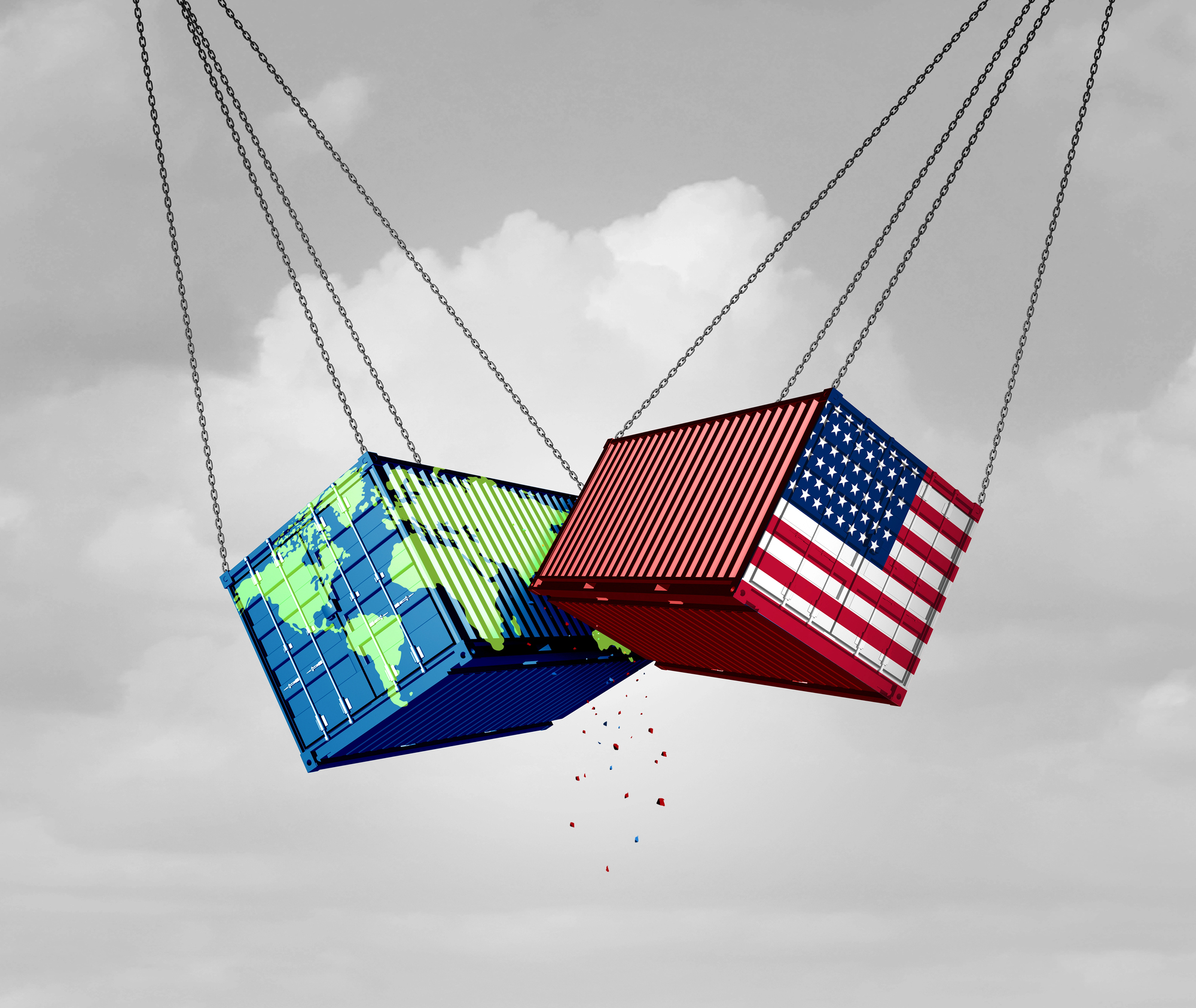
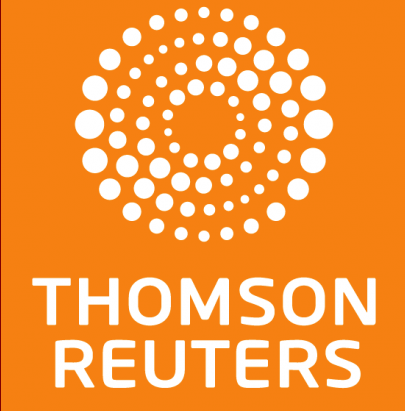
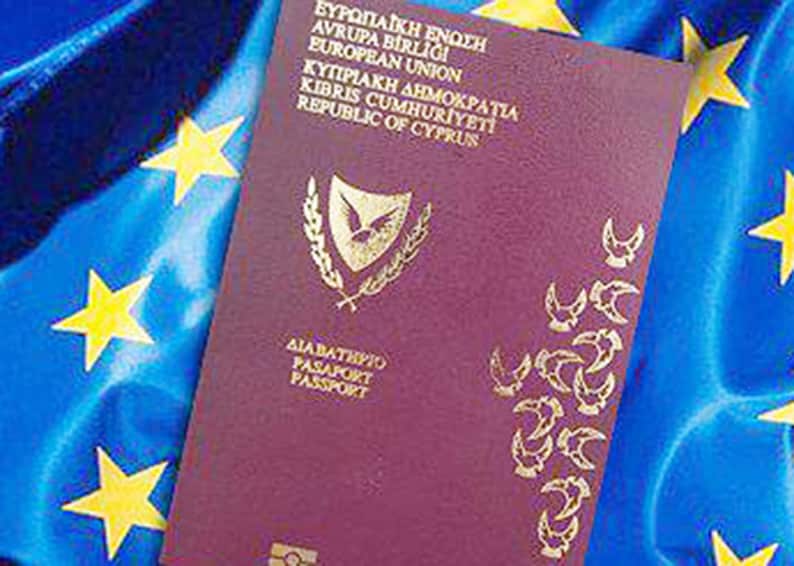
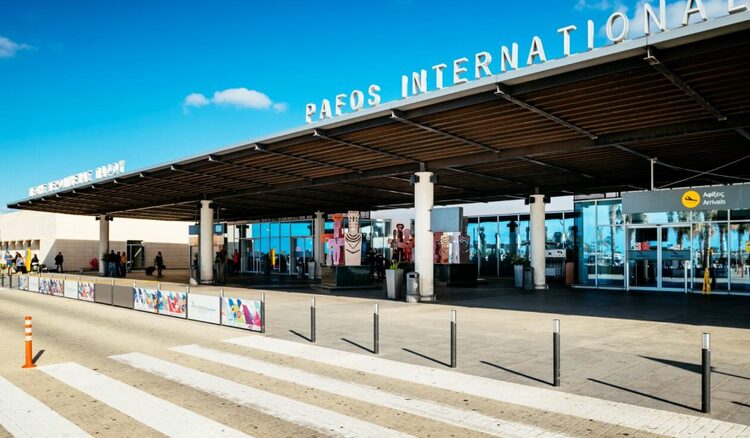
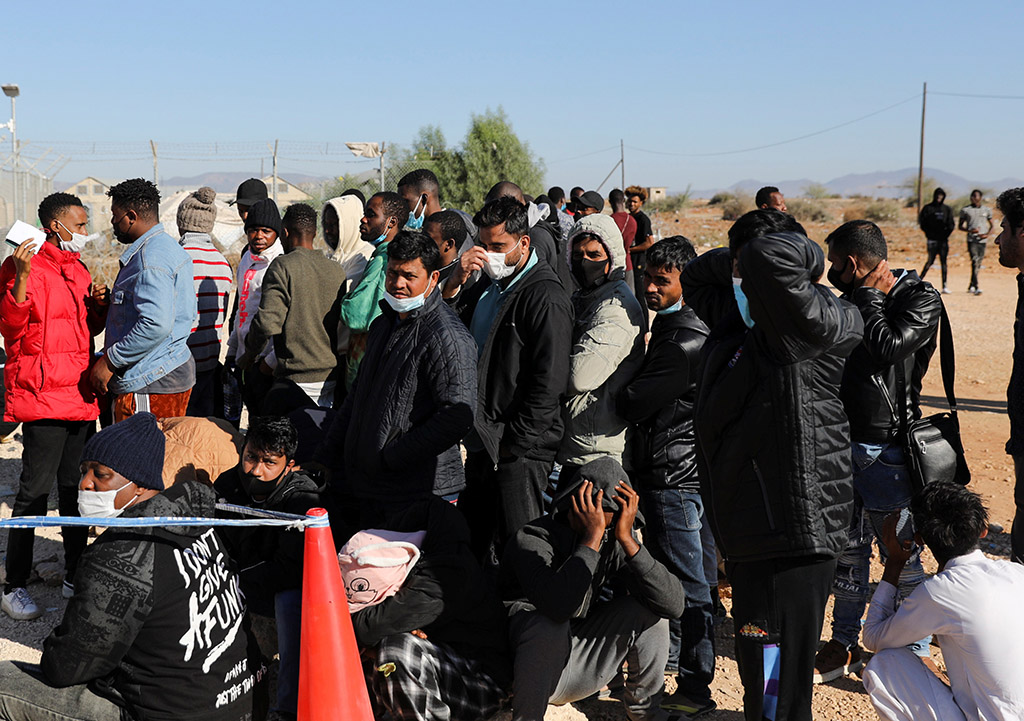

Click here to change your cookie preferences